Chapter 1
Getting Started
Safety first
Regardless of your current fitness level, you should discuss your intention to participate in regular physical activity with your doctor, midwife or obstetrician. This is not scaremongeringjust sound practical advice. Your lead maternity caregiver (LMC) is an infinite source of wisdom when it comes to growing healthy babies, and should be your first port of call if you have any doubts or concerns as regards your general pregnancy and staying active. In order to do their job well, they need to have the complete picture of how your pregnancy is progressing. Being fit, eating healthily and taking time out when you feel tired is part of that overall picture. You, together with your health-care team will make the best decisions about your care when everything is fully disclosed. Your LMC can advise you if there are any particular modifications you may need to make, but most likely theyll be championing your positive attitude to maintaining the good health and wellbeing of both you and your baby over the nine months and beyond.
In Australia and New Zealand we refer to our main maternity caregiver, be that an obstetrician or midwife (as is usually the case), as the LMClead maternity carer. The term LMC will be used throughout the book, and relates to the person who is monitoring and tracking your pregnancy throughout the nine months, and who most likely will be there when you go into labour and deliver.
A great idea is to get into the habit of keeping an exercise diary, for you and your LMC to review. It saves you having to remember what you did and when, and acts as a good self-motivator. An example of a simple chart, which you can use as the basis on which construct your own, is given opposite (Fig.1.1).
Blowing traditional advice out the window
In years gone by, doctors advised women to rest up when they discovered they were expecting. The main concerns were that exercising would raise body temperature which might cause congenital abnormalities, and that the need for oxygenated blood by the exercising muscles would steal the supply away from the developing baby. It sounds like pretty scary stuff. However, this historical advice was based on studies in the 1970s and 1980s which subjected laboratory animals to hard physical exertion combined with under-nutrition, and has subsequently been shown to have been far too conservative.
Day | Mode | Duration | Intensity | How I Felt |
|---|
| Monday | Power walk | 40 mins | Brisk: hills and flat | Comfortable. Should add more hills for challenge. |
| Tuesday |
| Wednesday |
| Thursday |
| Friday |
| Saturday |
| Sunday |
What the research says
A review of the national exercise guidelines for pregnant women throughout New Zealand, Australia, the United Kingdom, the USA and Canada overwhelmingly concludes it is beneficial to exercise before, during and after pregnancy. Before allows you to enter your pregnancy in the best possible state; during helps you prepare physically and psychologically for the demands of labour, childbirth and the rigours of looking after a new baby, and achieve appropriate weight gain; and after aids your postpartum recovery and gets you back into shape.
My first labour lasted a grand total of four and a half hours from the first twinge to the almighty pop! But, before you curse me as being lucky, let me tell you that this was both good and bad. Good in that it was over relatively quickly; bad in that it was fast and furious and gave my body very little time to stretch and get ready to eject a pumpkin through a key hole! However, the moral of the story is that I had exercised regularly throughout my first pregnancy, so in my case perhaps my being fit contributed to my shorter labour time. No promises, though!
These authorities have progressed even further in recent years, with official recommendations going from merely saying that, yes, it is fine for pregnant women to exercise, to actively encouraging all women without contraindications to participate in aerobic and strength conditioning exercises as part of a healthy lifestyle during pregnancy.
Many common pregnancy complaints likeIm tired/my veins are swollenI now have cankles not ankles/I cant sleep at night/Im stressed and worriedare reduced or alleviated in women who exercise. Furthermore, something that is bound to attract your keen attention: there is even some evidence that weight-bearing exercisesomething as simple as regular, fast walking throughout your pregnancycan reduce the length of labour and decrease delivery complications.
For the mother
Recent studies of regular exercise during pregnancy reveal:
 NO increase in: early pregnancy loss, late pregnancy complications, abnormal fetal growth or adverse neonatal outcomes
NO increase in: early pregnancy loss, late pregnancy complications, abnormal fetal growth or adverse neonatal outcomes
 NO link or association between pregnant women exercising and miscarriage, congenital malformations, ectopic pregnancies, pre-term rupture of membranes, placental insufficiency, retarded intrauterine growth, or unexplained fetal deaths
NO link or association between pregnant women exercising and miscarriage, congenital malformations, ectopic pregnancies, pre-term rupture of membranes, placental insufficiency, retarded intrauterine growth, or unexplained fetal deaths
 fewer medical interventions during labour and delivery, and in some cases shorter labour times
fewer medical interventions during labour and delivery, and in some cases shorter labour times
 decreased rates of postpartum depression
decreased rates of postpartum depression
 enhancement of the babys birth weight
enhancement of the babys birth weight
 maintenance and improvement of the mothers heart and blood vessels
maintenance and improvement of the mothers heart and blood vessels
 improved strength for regular lifting and carrying required with a newborn
improved strength for regular lifting and carrying required with a newborn
 stronger back muscles to counteract the pull and strain on your back and ligaments, as your centre of gravity shifts
stronger back muscles to counteract the pull and strain on your back and ligaments, as your centre of gravity shifts
 better posture which prevents or alleviates some of the niggling complaints associated with pregnancy, particularly back pain
better posture which prevents or alleviates some of the niggling complaints associated with pregnancy, particularly back pain
 better awareness of the pelvic floor muscle exercises, helping prevent incontinence postpartum
better awareness of the pelvic floor muscle exercises, helping prevent incontinence postpartum
 improved positive mental attitude, helping the mother accept her changing body shape, and promoting self-esteem and confidence
improved positive mental attitude, helping the mother accept her changing body shape, and promoting self-esteem and confidence
 increased resistance to fatigue
increased resistance to fatigue
 better quality sleep and better ability to deal with insomnia
better quality sleep and better ability to deal with insomnia
 smaller gain of extra body fatoutside of normal weight gain during pregnancy of 1015 kilograms
smaller gain of extra body fatoutside of normal weight gain during pregnancy of 1015 kilograms

Next page







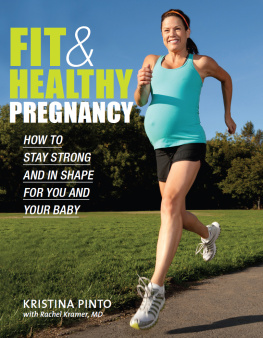
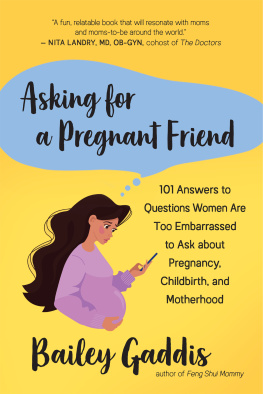

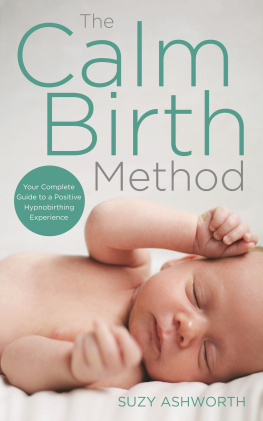


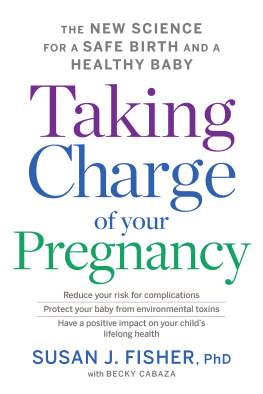
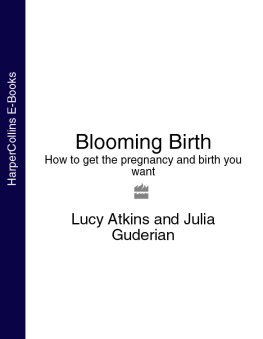
 NO increase in: early pregnancy loss, late pregnancy complications, abnormal fetal growth or adverse neonatal outcomes
NO increase in: early pregnancy loss, late pregnancy complications, abnormal fetal growth or adverse neonatal outcomes